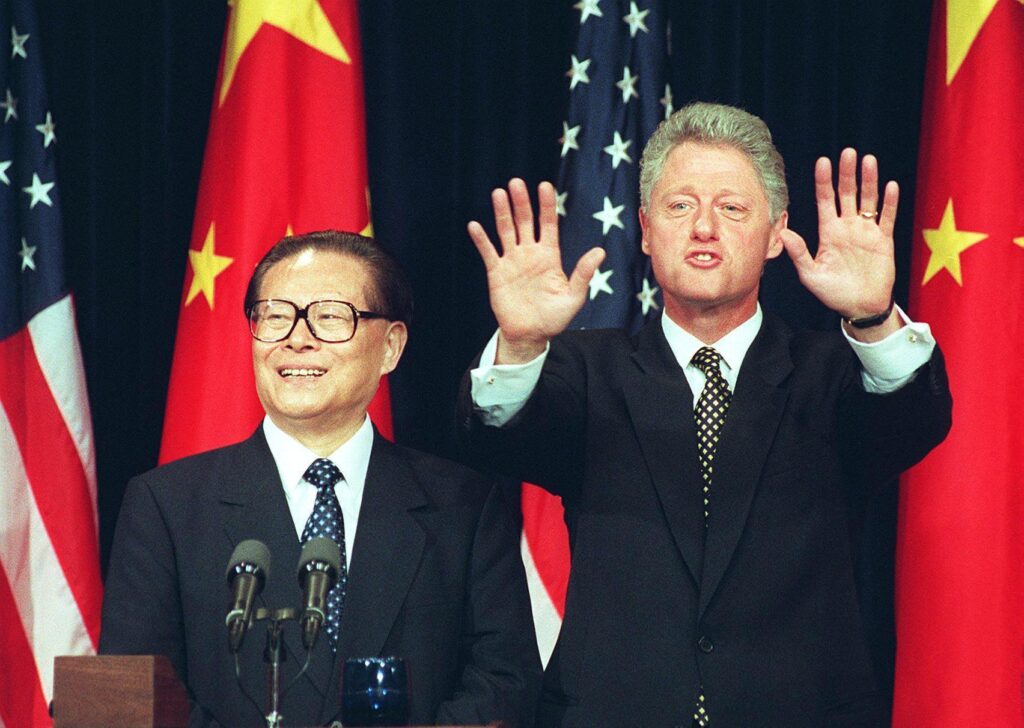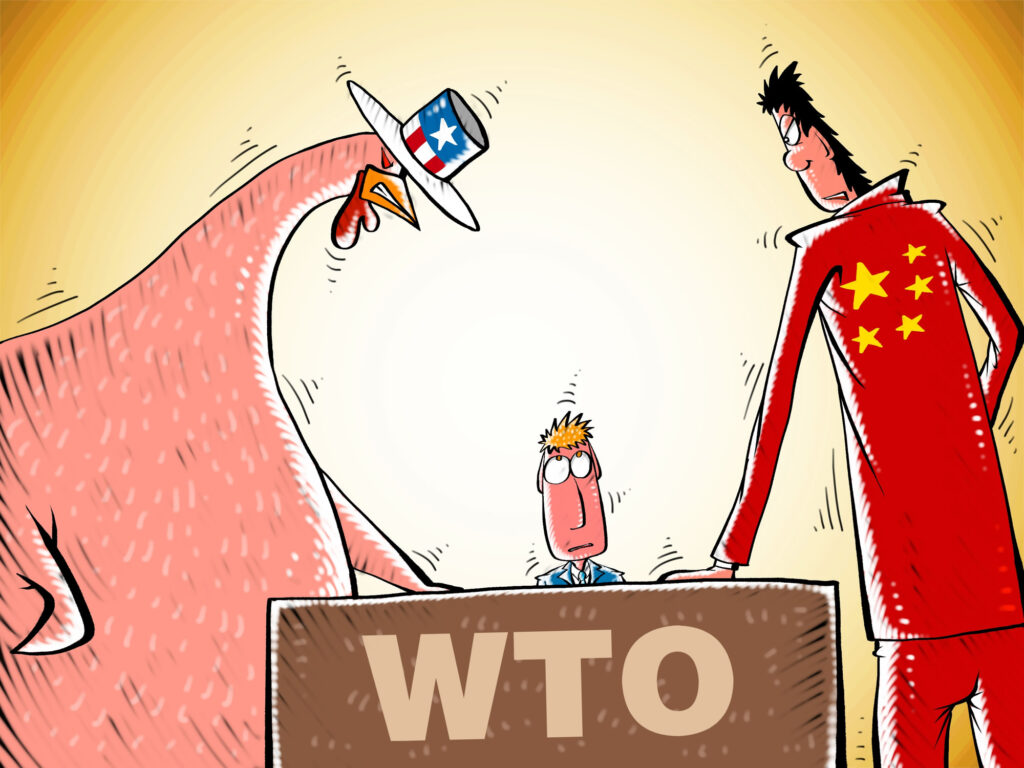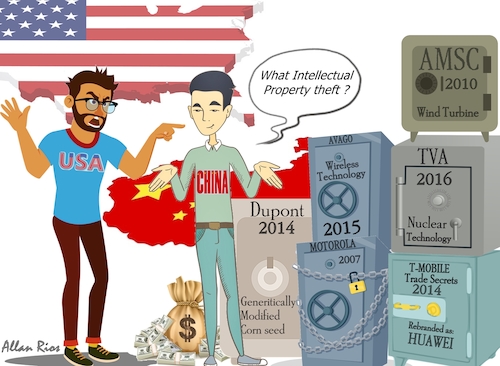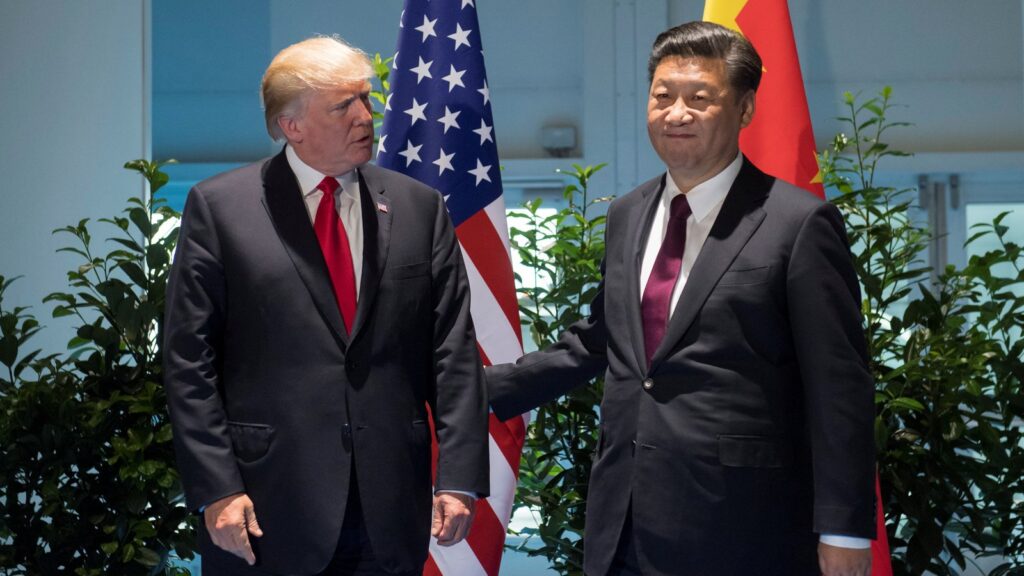american troubles with china and the wto

President Bill Clinton wanted China to join the World Trade Organisation (WTO) for two key reasons.
Firstly, China would have to reduce tariffs on imports. Secondly, China would have to comply with intellectual property rights.
After China joined the WTO in 2001, the US did indeed benefit.
American consumers could buy cheaper goods from China, and American firms profited from barrier-free trade with the massive Chinese market.
In fact, US exports to China have increased by 450% since China joined the WTO.


However, the US-China trade relationship has had its ups and downs. The US has so far filed 28 WTO complaints against China.
One major complaint has been about China’s policy of allowing US firms to enter the Chinese market only if they form a joint-venture partnership with Chinese firms. Apple, General Motors, and IBM are just some of the US firms that were made to do this. This has led to concerns about forced technology transfer.
Many of the 28 complaints have been successfully resolved, particularly the complaints about tariffs and subsidies.
However, the complaints about technology transfer still remains a problem. The reason is because the WTO does not have a specific rule against China’s use of joint ventures. Furthermore, the stealing of technology has been very difficult to prove.


President Trump threatened on numerous occasions to leave the WTO because he believed it was not resolving complaints in America’s favour.
Questions
- State one role of the WTO. (1)
- Analyse the impact of Chinese intellectual property theft on American firms. (6)
- Assess the view that the WTO is effective in promoting freer and fairer trade. (9)
Question 3:
- Research and development costs?
- Chinese labour costs?
- Impact on American firms?
Question 4:
- It can be argued that the WTO has been effective …
- However, there is evidence that the WTO has been ineffective …
